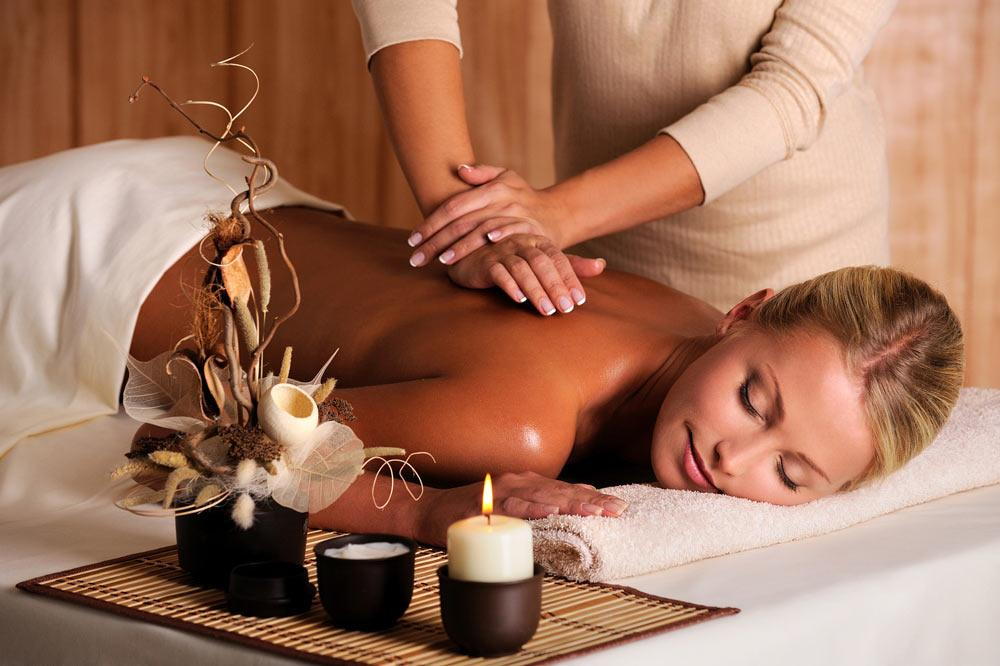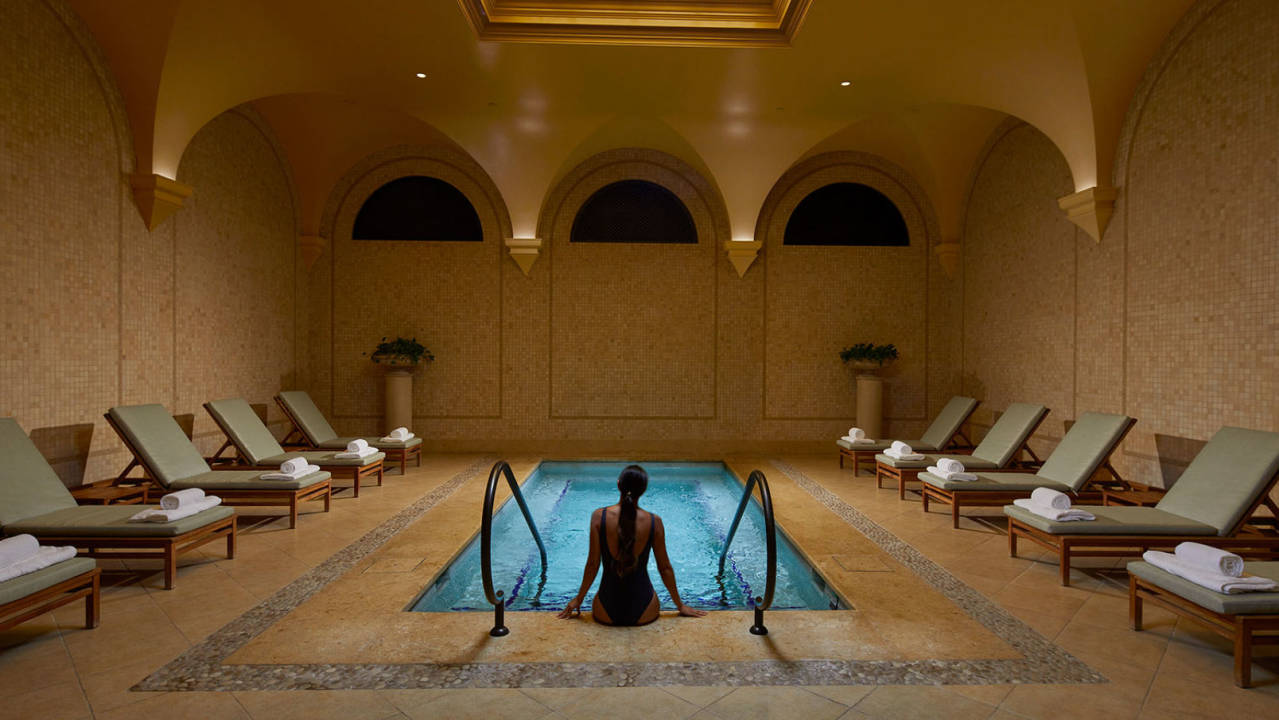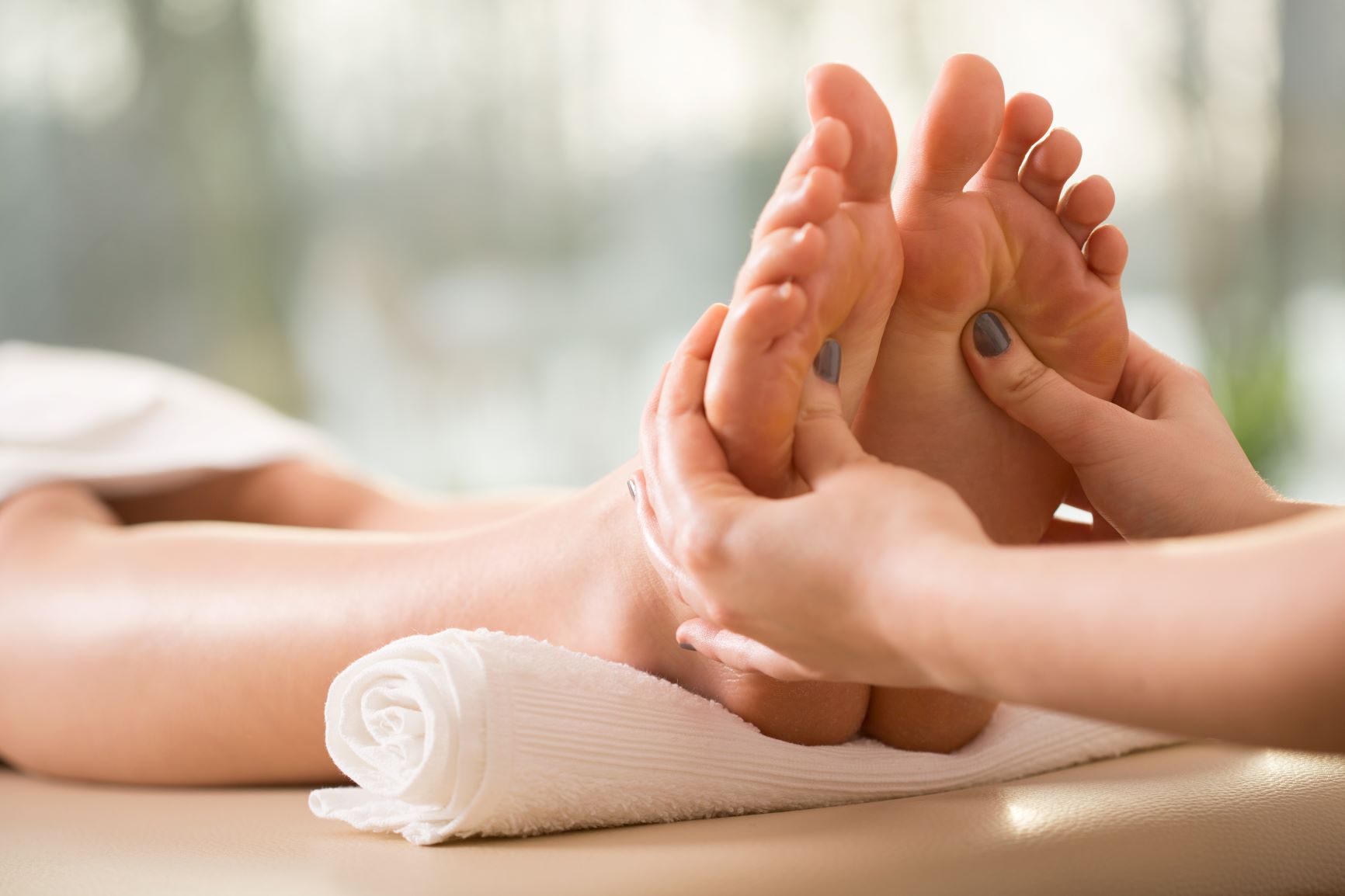
Eastern vs. Western Massage Styles: Finding the Right Fit for You
Massage is more than just a simple, relaxing rub down. The technique behind your massage involves a lot of thought, science, and tradition, and it can vary significantly depending on whether we're discussing Eastern or Western massage styles.
Western massage primarily aims to relieve muscle tension and promote overall relaxation. In contrast, Eastern massage takes a holistic approach, balancing the body and all its parts, including the nervous and digestive systems.
Eastern Massage Overview
Eastern massage differs significantly from Western styles before the massage therapist touches you. It begins with diagnosis, where the practitioner feels your pulse in three wrist positions to detect imbalances throughout the body. Eastern massage, like Eastern medicine, focuses on finding the root cause of issues rather than treating symptoms such as back pain or tightness.
Special techniques target specific points on the body's energy meridians, believed to create healing effects throughout the body.
Popular Types of Eastern Massage
Zhi Ya - A Chinese massage based on acupressure, where the therapist pinches and presses acupuncture points to address issues and bring the client into balance. Pressure is applied to specific topics connected to nerves to create a reaction in a particular body part.
Tui Na - This form is most similar to Western massage, focusing on stretching and kneading muscles. Tui Na differs by aiming to relieve tension over a larger body area and is often used alongside other Chinese medicinal practices.
Shiatsu - Combining techniques of zhi ya, tui na, and others, such as rolling, vibrations, and strumming, Shiatsu uses fingers, thumbs, and palms to apply pressure to muscles. A popular massage type often found on Western spa menus, Shiatsu has been shown to alleviate pain and anxiety over time.
Ayurvedic Massage - Integrating yoga and meditation, Ayurvedic massage is rarely done in isolation. Like Ayurvedic medicine, it seeks to balance energies through various methods, including massage. Heated herbal oils are used to help relieve tension.
Thai Yoga Massage - This ancient healing technique combines acupressure, Ayurvedic massage, and assisted yoga techniques. Essentially passive yoga, Thai yoga massage has been shown to reduce back pain by 50 percent after three weeks of treatment.
Balinese Massage - Developed in Bali, this massage uses various techniques to relax and heal the body. It involves skin rolling, flicking, acupressure, percussion, firm and gentle stroking, and essential oils. The goal is to stimulate the lymphatic system and improve blood flow.
Western Massage Overview
Western massage promotes relaxation, circulation, and motion while relieving muscle tension. Beyond the five general strokes of gliding, tapping, vibration, friction, and kneading, contemporary Western massage techniques include:
Swedish Massage - Often the first technique learned by massage therapists, Swedish massage involves applying massage oil or lotion with long, smooth strokes called effleurage, in addition to other standard Western strokes. It aims to promote relaxation and improve circulation and has been shown to help reduce blood pressure in patients with hypertension.
Deep Tissue Massage - Focusing on realigning deeper muscle and connective tissue layers, deep tissue massage uses movements similar to Swedish massage but with greater intensity. Those looking to treat chronic pain caused by tight muscles often seek it.
Myofascial Release Massage - Similar to traditional Western massages, myofascial release massage aims to loosen and relax muscles using pressure and gentle manipulation. However, it relies on intense stretching, sometimes with traction devices.
Soft Tissue Massage - Targeting muscles, ligaments, tendons, and other connective tissue, gentle tissue massage applies a range of depths and pressures for varying durations based on the patient's specific needs. This type of massage aims to alleviate aches and pains caused by injury and wear on your body's soft tissues.
- Trigger Point Therapy - Unlike other types of Western massage, trigger point therapy requires the receiver to participate through deep breathing actively. It's based on the idea that a trigger point in one area of the body may cause pain in another place. By releasing tension in the muscles at the trigger point, you may be able to relieve pain in the corresponding area.
Eastern and Western massage techniques differ, but you don't have to choose just one or the other. As with anything, the best approach is to learn about your options and choose the one that is right for you.
Related Articles
All rights reserved by The Medspa Store.



